Love that Lizabeth!
 A tawny-haired beauty with a smoldering gaze and a distinctively throaty voice, Lizabeth Scott is my film noir guilty pleasure. She’s no Sarah Bernhardt, it’s true – but she’s one of the quintessential bad girls of the noir era, and she’s just plain fun to watch! And on November 15th, TCM is giving you a chance to see Scott in action in four noir features – time to fire up the VCR!
A tawny-haired beauty with a smoldering gaze and a distinctively throaty voice, Lizabeth Scott is my film noir guilty pleasure. She’s no Sarah Bernhardt, it’s true – but she’s one of the quintessential bad girls of the noir era, and she’s just plain fun to watch! And on November 15th, TCM is giving you a chance to see Scott in action in four noir features – time to fire up the VCR!
Scott was born Emma Matzo on September 19, 1922, the eldest of six children of an English-born father and a mother of Russian descent. A native of Scranton, Pennsylvania, Emma was raised in a home fairly brimming with culture, but the future star was frequently rebellious and outspoken: “As a child, my mother used to tell me to keep my emotions subdued, to be ‘a lady.’ Instead of which I was a noisy, screaming little brat, definitely about everything.”
After her graduation from high school, Emma turned her sights toward a career in acting and moved to New York to attend the Alvienne School of Dramatics. She landed her first professional job in the national company of Hellzapoppin’, making $50 a week, and following a year-long tour, she did summer stock at the 52nd Street Stock Company Theatre in New York. Among her many roles with the company was the lead in Rain, for which she was billed in the program as “Elizabeth Scott.” The actress explained that she’d chosen the first name “just because I always liked [it],” and the last name in honor of one of her favorite plays, Mary of Scotland.
It looked like Scott had gotten her big break when she was hired for a walk-on in Thornton Wilder’s The Skin of Our Teeth, and was asked to serve as understudy to the play’s star, Tallulah Bankhead. But for the next seven months, Scott recalled, Bankhead “remained robustly healthy” and Scott wound up leaving the production. She made ends meet with several modeling assignments, including one in Harper’s Bazaar that caught the eye of agent Charles Feldman, who invited her to Hollywood for a screen test. Of the request, Scott later said, “I wanted to be a great stage actress. I never once thought of movies. But it was off season on Broadway… and since I wasn’t able to find a job there, I thought it might be a good experience to come to Hollywood and find out what it was all about.”
Boy, I’m sure glad she did! And you can find out what Scott was all about by checking out her performances in these first-rate film noir features:
The Strange Love of Martha Ivers (1946)
This film (which, incidentally, was my TCM Pick for September), was described by one reviewer as a “forthright, uncompromising presentation of evil, greedy people and human weaknesses.” What more can you ask for from your noir? Scott plays Toni Marachek, a parolee who finds herself in a quartet of dysfunction when she falls for a gambler (Van Heflin) who has eyes for his childhood gal pal (Barbara Stanwyck), who is married to a weak-willed, mild-mannered lush, who’s burdened with the weight of his wife’s longtime secret. After the film’s release, Scott was singled out in the Hollywood Reporter for her “strangely haunting portrayal,” and she was named a Star of Tomorrow (along with Zachary Scott and Don DeFore) in Motion Picture Herald.
Dead Reckoning (1947)
Scott stars here as the oh-so-duplicitous Coral Chandler, a sultry former torch singer whose feminine wiles attract men like bees to honey – including a self-sacrificing solider, a powerful local gangster, and tough-guy paratrooper Rip Murdock, played by Humphrey Bogart. The film did brisk business at the box office, and Scott was once again praised by critics, with the reviewer for Variety hailing her “persuasive, sirenish performance.”
Pitfall (1948)
In this film, Scott is once again the center of attention – this time caught between a creepy private investigator (Raymond Burr), an unlucky embezzler (Byron Barr), and a bored insurance agent (Dick Powell). The film was directed by Andre deToth (also known as the second husband of actress Veronica Lake), and garnered more favorable reviews for Scott, including one from the New York Times critic who called her “provocative and acting better than she has ever done before.”
The Racket (1951)
This was Scott’s final film noir. In it, she played Irene, a streetwise nightclub singer and girlfriend of a small-time hood whose mob boss brother was none too fond of her: “Nothing personal sister,” the brother says to Irene in one scene. “How about a deal? You let my brother off the hook – you keep the rock and I’ll keep him.” Scott’s performance was showy, but relatively small, with most of the movie’s focus going to the male members of the cast – Robert Mitchum, Robert Ryan, William Talman, William Conrad, and Ray Collins. Directed (like Dead Reckoning) by John Cromwell, the film was a remake of a 1928 film by the same name, which featured Marie Prevost in the part played by Scott.
And there you have it – four awesome noirs, just waiting for you to gobble them up! If you’ve seen them before, treat yourself to a re-watch or two! And if you haven’t, do yourself a favor and make a date with Lizabeth Scott, November 15th on TCM!
You only owe it to yourself.




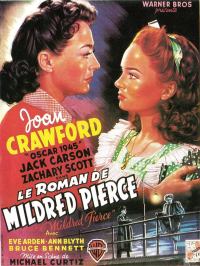




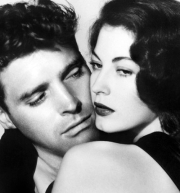













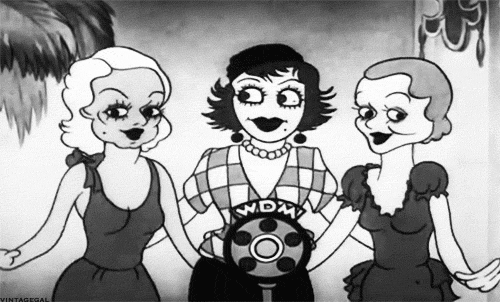
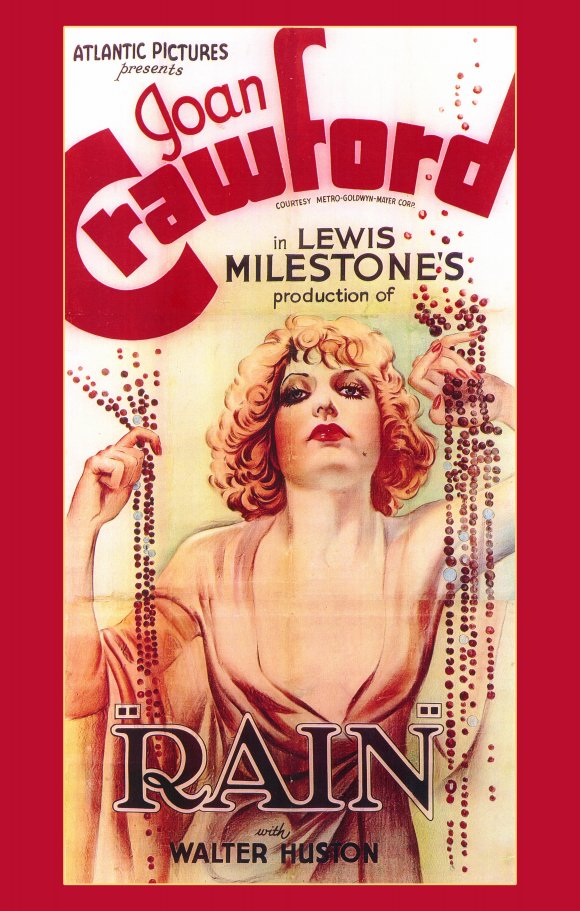

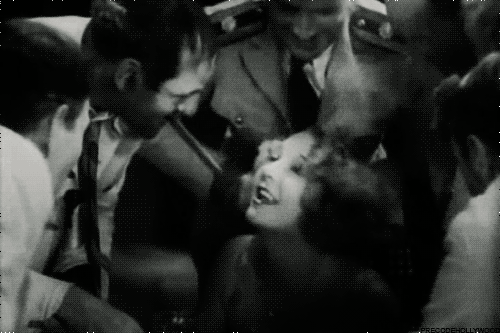
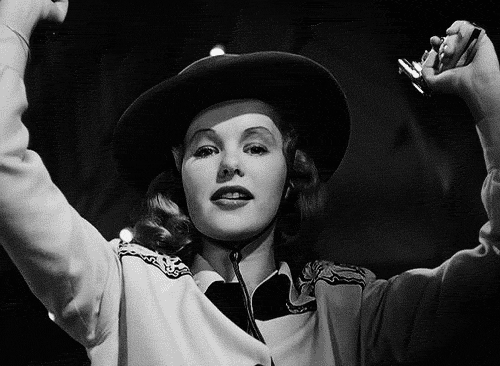

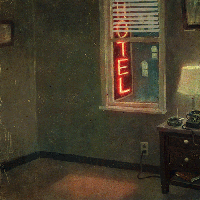
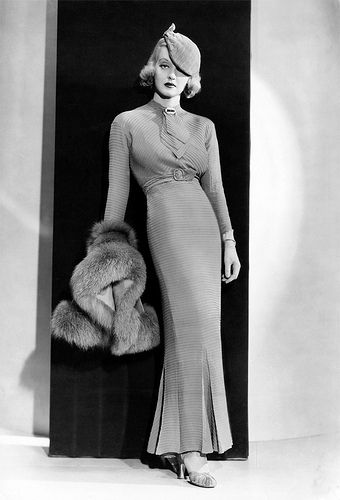



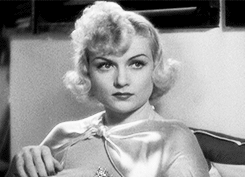







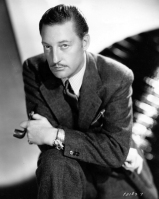
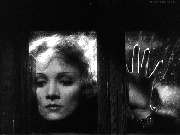


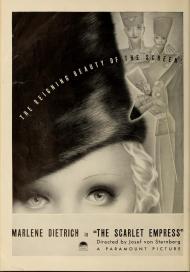
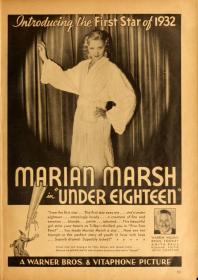
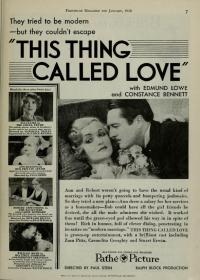


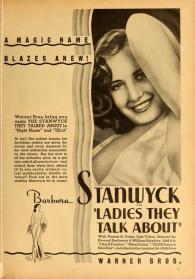


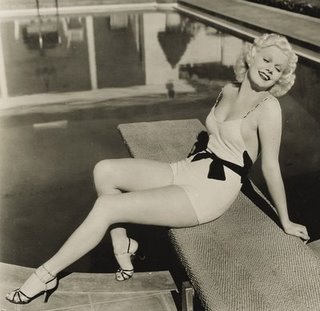





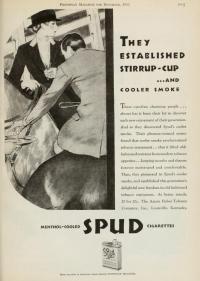

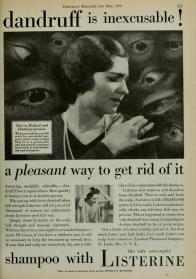
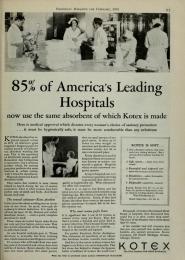
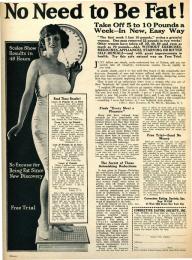


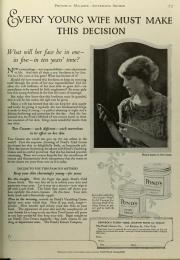
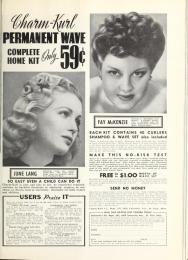
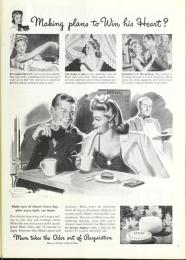


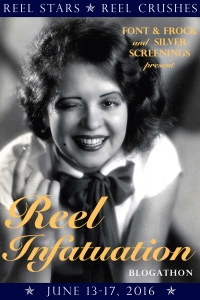

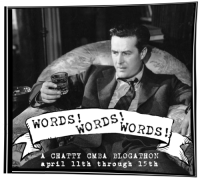

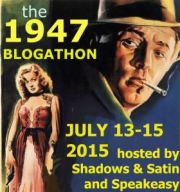
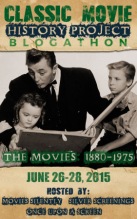



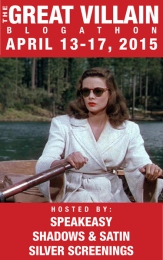

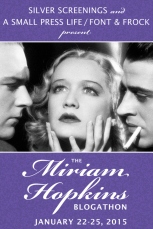
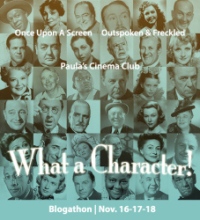
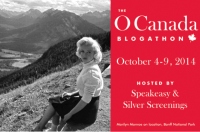



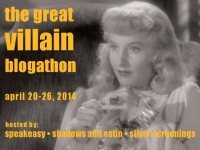
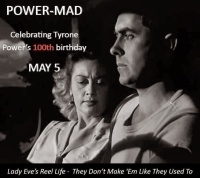


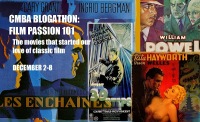






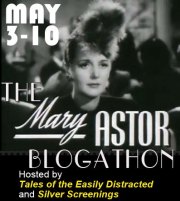


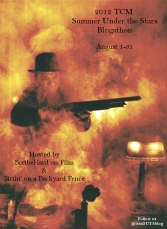


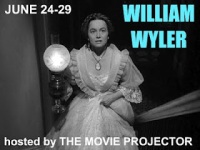


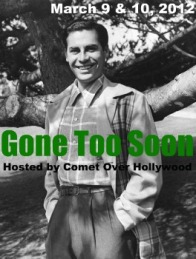


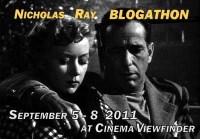

Karen, I first saw Lizabeth Scott in DEAD RECKONING during Easter (indeed the film was set during Easter), so we always playfully call it one of our favorite Easter movies! 🙂 It’s gotten me hooked on the former Emma Matzo for good, even if she often plays femme fatales! I totally enjoyed your terrific post!
That’s too funny about the Easter movie, Dor. And thanks for the kind words!
I like Lizabeth…that voice. Just read over at The Blackboard that her showiest Noir film, Too Late for Tears, has now been restored and Eddie Muller will be presenting it at one of the Noir Cities next year. I love Lizabeth as the one of the ultimate noir bad girls Jane Palmer in Too Late for Tears.
You don’t say?! That is awesome news, Charles — I love Too Late for Tears, and my copy is for the birds. Can’t wait ’til it’s on DVD!